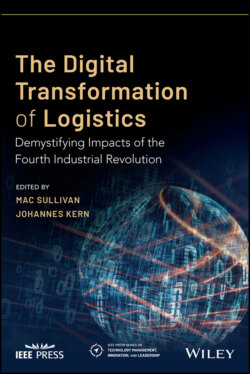Читать книгу The Digital Transformation of Logistics - Группа авторов - Страница 100
Next Evolution of RPA Training
ОглавлениеSome RPA providers have started to bridge the gap between RPA and AI as they have designed ML algorithms to handle training. The software will observe a user performing a task over and over until it has enough data to “learn” how the task is done. However, the ML method is only employed to generate the set of instructions that the bot will follow. To achieve more widespread adoption, RPA and ML need to become “smarter.” The promise is that with the use of ML techniques, more complex and less defined tasks can be supported. Companies like Microsoft or Apple are already recording your frequently used activities and promoting their products, Power Automate and Shortcuts, respectively, as workflow automation tools. For now, the bot learns instructions and then will simply follow them. It will not continue to learn and improve as it works, like an AI or ML algorithm would. This method makes training much easier since the ML software that handles training can run in the background while the task is done normally by a human worker. The longer the software watches the actions and the more variants of the execution of the tasks that the bot sees, the better it will learn to do the task. All of this happens without any human interaction aside from turning on the recording software. Depending on the technological capabilities of the RPA adopter as well as the RPA provider and the nature of the task being automated, different approaches to training will be used. It is important for companies to carefully review and select a training method as the bot will only be as effective as its training allows.
